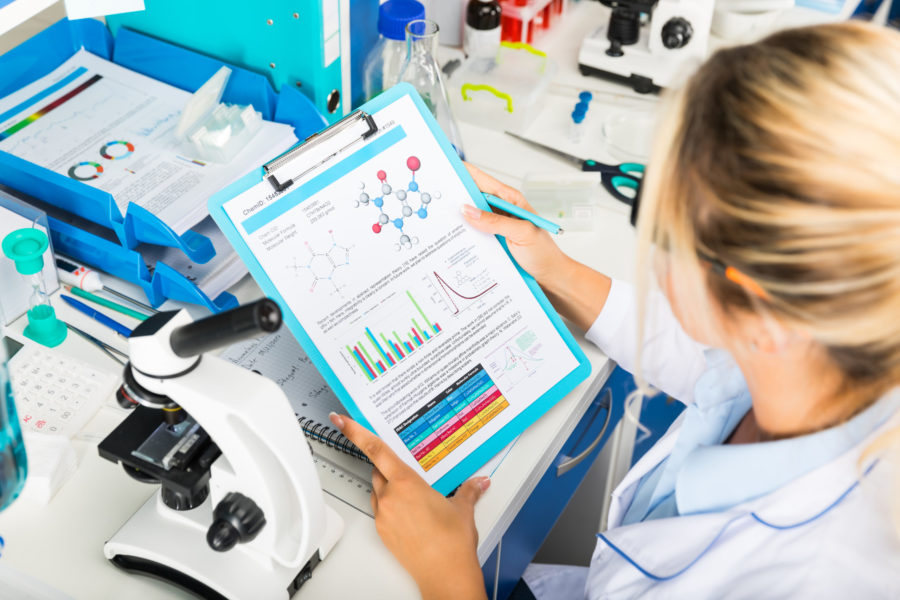


Authors: M. Gandit, N. Just, B. Van Der Sanden, O. Duchamp, H. Lahrech, N. Guilbaud, P. Genne, C. Rémy
Oncodesign Biotechnology; INSERM U594
Treatment of glioblastoma multiforme (GBM) often fails due to tumor resistance to conventional cytotoxic chemotherapy and radiotherapy.
The effectiveness of the various antitumor therapies is conditioned by the cancer cells themselves but also by the degree of oxygenation and vascularization, the blood flow and the vessel permeability. These physiological parameters vary according to the type of tumor and also from one patient to another, making very difficult the prediction of response to a therapy. In addition, a treatment efficacy is currently evaluated by the tumor volume reduction which occurs often lately compared to physiological or morphometric parameters changes of vascularization. Non-invasive techniques, like MRI, make it possible to characterize in vivo the tumoral micro-environment, more particularly the vascularization. They are of interest for therapeutic orientation and follow-up of the patients. Some of these methods start to be used in clinic but their validation and their robustness yet are not completely evaluated, in particular in the case of brain tumors. To be robust, the evaluation of new therapies and predictive indicators of therapeutic response requires studies on several experimental models presenting different responses to treatments and different tumor micro-environment (oxygenation, vascularization…) to mimic the human variability.
